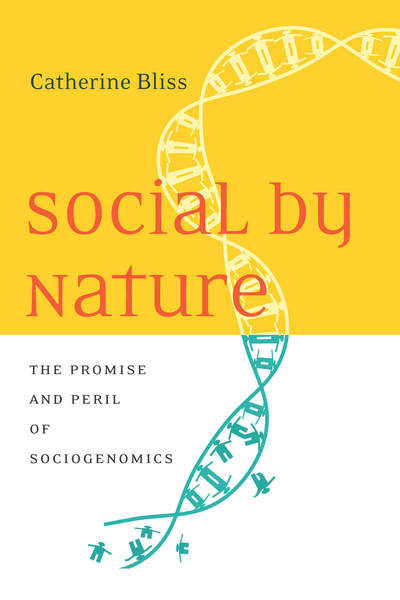Aggregated News

In the beginning, there was nature. Then the statistician Francis Galton — Charles Darwin’s half-cousin — set nature (heredity) in opposition to nurture, or environment. Galton treated heredity as a family treasure, tucked away in the gametes, shielded from the buffeting environment and passed down the generations. Applying this idea to what he perceived as the degeneration of English manhood, Galton coined a haunting but familiar term: eugenics.
Thus, the nature–nurture binary has been linked with hereditarianism and eugenics from the start. This trio flares up from time to time, for instance in early-twentieth-century eugenics, 1970s sociobiology and the controversial 1994 book on intelligence by Charles Murray and Richard Herrnstein, The Bell Curve (Free Press). History doesn’t repeat itself, but it winds.
The latest turn of the helix is ‘sociogenomics’. This uses genome-wide association studies, high-speed sequencing, gene-editing tools such as CRISPR–Cas9 and baroquely calculated risk scores — often combined with social-science methods — to ‘understand’ the ‘roots’ of complex behaviour. In Social by Nature, sociologist Catherine Bliss anatomizes the field.
Bliss looks at the science, the professional social...



